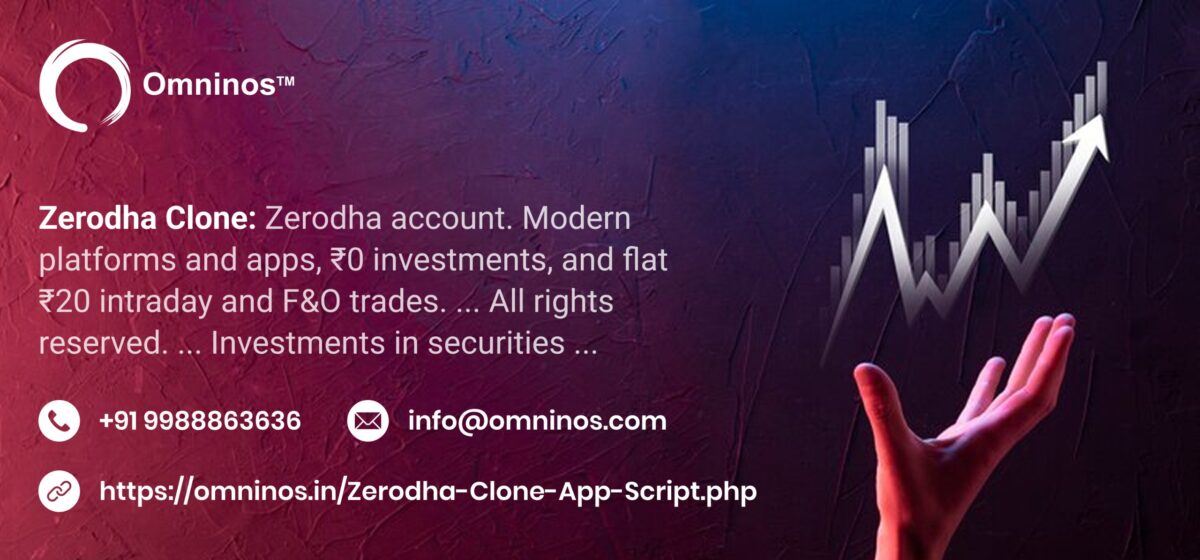In today’s fast-moving market, packaging holds power. It informs, protects, and introduces a product before a single bite is taken. For food businesses, the demand to customize food packaging goes far beyond visuals. It now includes environmental values, disposal clarity, and sustainable sourcing.
Consumers are no longer passive. They inspect the pack. They read the fine print. They decide with conscience. This shift means brands need to show care not just in their ingredients, but in their packaging too. That’s where smart, eco-conscious choices step in.
By moving towards packaging that’s both sustainable and tailored, brands can connect deeper with customers while meeting rising legal and ethical standards.
The Case for Going Green with Your Packaging
Single-use plastic is facing global scrutiny. Cities and countries introduce bans, while large retailers demand greener alternatives from their suppliers. The spotlight on waste forces every food brand to ask: “What does our packaging say about us?”
Sustainable packaging choices:
- Lower long-term costs through lighter weight and reduced waste fees
- Improve brand image in both local and export markets
- Attract eco-aware consumers who value responsible brands
- Open doors to new certifications and green retail channels
With partners like Jishan Berhad, companies can access paper, plastic, and hybrid packaging that balances cost with conscience. They offer strong supply networks and experience in food-safe, recycled-content packaging.
Top Materials for Eco-Friendly Food Packaging
Each packaging material brings its benefits. Picking the right one depends on food type, shelf life, and customer use. The goal: protect the product without hurting the planet.
| Material | Key Traits | Ideal Use |
| Corrugated cardboard | Compostable, lightweight, and easy to print | Meal boxes, trays, shipping wraps |
| Bagasse | Durable, heat-safe, and composts in weeks | Hot foods, snack trays, plates |
| PLA bioplastic | Clear, cold-safe, plant-based | Salads, cold beverages, and deli cups |
| Kraft paper | Breathable, rustic, recyclable | Bread bags, takeaway wraps |
| Glassine | Oil-resistant, sleek, tear-resistant | Confectionery, cheese, and pastries |
These materials also offer custom cutting and folding options, allowing food businesses to create packaging that fits their product and message.
What Is PCR Stretch Film and Why Does It Matter?
One lesser-known option growing fast in the packaging world is Pcr Stretch Film. PCR stands for Post-Consumer Recycled content. This material comes from used plastic that’s been cleaned, processed, and reused to form new film.
Unlike virgin plastic, PCR film:
- Uses less energy to produce
- Reduces landfill waste
- Matches traditional plastic in stretch and strength
It works well for outer wrapping, bulk food bundles, or transit packaging. By using Pcr Stretch Film, brands send a clear message—they care about the full journey, not just what the customer sees.
Customising Without Waste
Custom designs used to mean more ink, more glue, and more harm. Not any more. Today, eco printers and modular moulds reduce waste while offering sharp visuals.
When you customise your food packaging:
- Stick to single-print surfaces
- Use water-based inks
- Choose mono-materials (no mixing plastic and paper)
- Limit layers—avoid foil or wax coatings when not needed
Simple designs cut costs and make recycling easier. They also look clean and modern.

The Benefits of Customising Food Packaging
Custom design turns a simple box or wrapper into a story. When you customize food packaging, you guide the experience, build trust, and leave a visual memory.
Key gains include:
- Shelf standout: Bold colours and cuts draw attention
- Brand consistency: Unified fonts, colours, and messages reinforce identity
- Information clarity: Easy-to-read labels help customers use and dispose of products correctly
- Reduced returns: Clear instructions reduce confusion and waste
Today’s technology supports efficient, eco-safe printing using soy or water-based inks, with less bleed and better compost behaviour.
How to Choose the Right Supplier?
The right supplier doesn’t just sell packaging. They work with you to meet your product goals, customer expectations, and environmental needs.
Checklist for choosing well:
- Do they offer compostable or recyclable materials?
- Can they deliver FSC-certified paper or PCR plastic?
- Is their minimum order size flexible for new brands?
- Do they explain disposal options on-pack?
- Can they assist with packaging audits or redesigns?
Suppliers like Jishan Berhad offer strong backing in both design and delivery, ensuring your shift to eco-packaging runs smoothly.
What Should Labels Communicate?
Many eco-packs still end up in landfills due to unclear instructions. A good label explains not just the brand, but also how to dispose of each part.
Look for wording such as:
- “Recyclable film – rinse before recycling”
- “FSC-certified cardboard – compost at home”
- “Contains 60% PCR content – please reuse or recycle”
Use icons, bold fonts, and contrasting colours to guide the user quickly. Customers reward clear, honest brands with loyalty.
Compostable vs. Recyclable – When to Use Each
The table below helps decide between the two based on real-world scenarios.
| Feature | Compostable Packaging | Recyclable Packaging |
| Breakdown method | Degrades into soil via microbes | Reprocessed in recycling facilities |
| Packaging strength | Lower for long-term use | Often more durable and sealed |
| Best for | Single-use, ready-to-eat items | Long shelf-life and dry goods |
| Required system | Compost bin or facility access | Standard blue-bin collection |
Pick compostable for in-store takeaway. Use recyclable products where clean return systems exist.
When to Use Compostable vs Recyclable?
Compostable materials break down naturally. Recyclable ones must be sorted and reprocessed. Both have their place.
Use compostable items when:
- The packaging touches the food directly
- The item will go into bins with food scraps
- Your area has access to composting centres
Use recyclable items when:
- The packaging includes labels, windows, or ink
- The product stays dry and clean
- You want a longer shelf life
Clear labelling helps customers make the right disposal choice.
Common Mistakes to Avoid
Good packaging can lose value with small errors. Avoid these missteps:
1. Mixed Material Layers
- A paper box lined with plastic foil can’t be recycled or composted. Keep to one material per unit wherever possible.
2. Too Much Ink
- Heavy printing can block breakdown in compost systems. Choose clean lines, simple icons, and low-saturation designs.
3. No Disposal Clarity
- Terms like “eco-safe” mean nothing without instructions. Show what to do with each part of the pack.
New Packaging Trends Worth Watching
Food packaging continues to evolve. Upcoming trends include:
- Smart tags that track temperature and freshness
- Edible containers from algae, starch, or rice paper
- Return-to-vendor packaging for online grocery services
- QR-linked storytelling (farmer bios, recycling guides)
- Tamper seals that vanish once opened for safety and trust
These ideas reduce waste and increase interaction, making packaging part of the product experience.
How Jishan Berhad Supports Sustainability
Jishan Berhad combines deep expertise in packaging with an eye on impact. Their key strengths include:
- Corrugated cartons made from responsibly sourced paper
- PCR film lines that cut raw plastic are needed
- Custom trays shaped for frozen meals, produce, or snacks
- A network of plants that reduce transport emissions
Their focus on durable, functional, and eco-conscious designs supports both large and growing food brands.
Final Thoughts: Small Packaging Shifts, Big Brand Gains
A pack isn’t just a container. It’s a message. When you tailor food packaging to showcase your identity and values, customers respond positively. They see your product as one that cares, not just about flavour, but about impact.
From bagasse trays to Pcr Stretch Film, every choice helps cut landfill waste, reduce carbon footprints, and lead the industry toward smarter systems.





